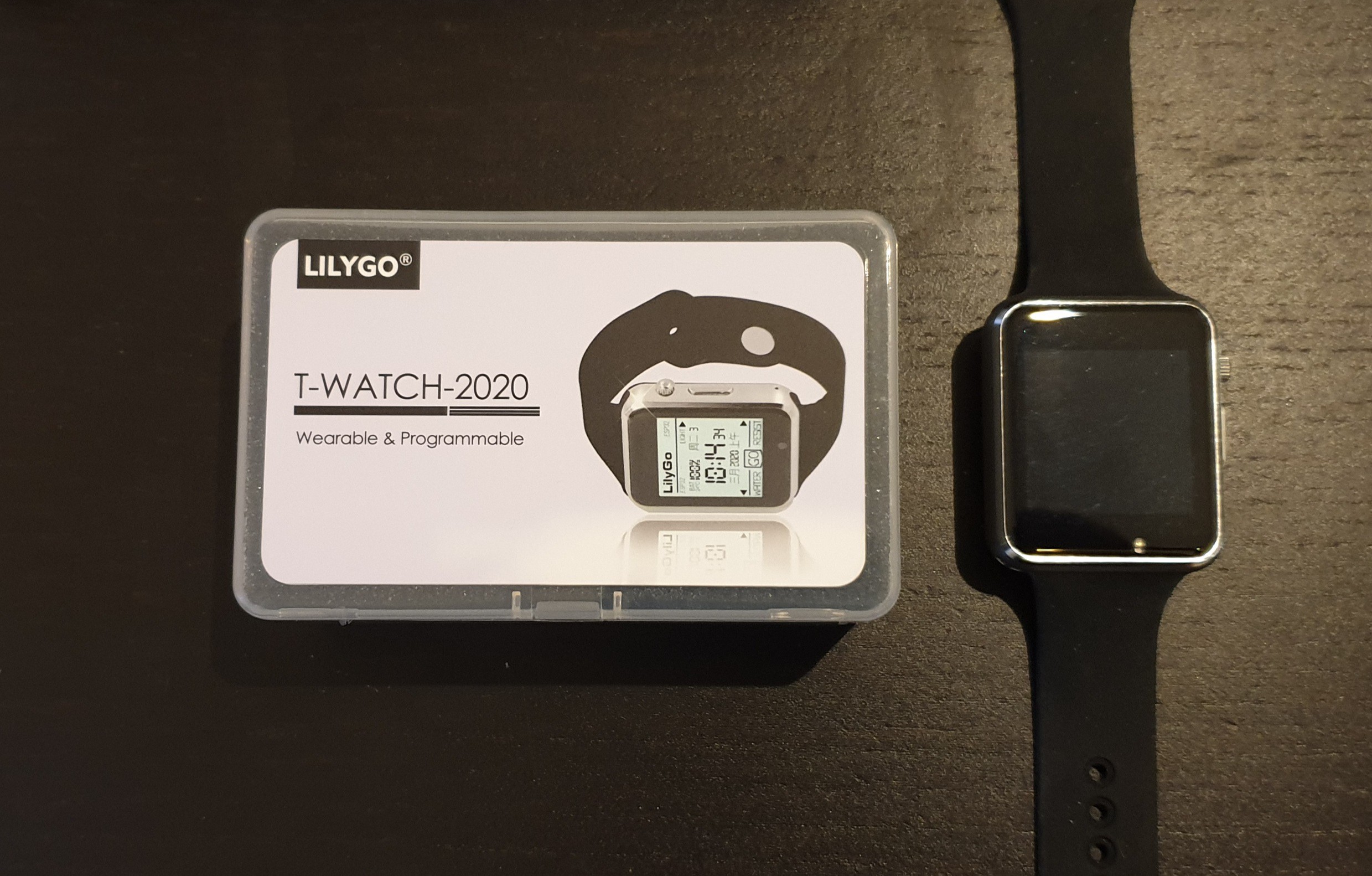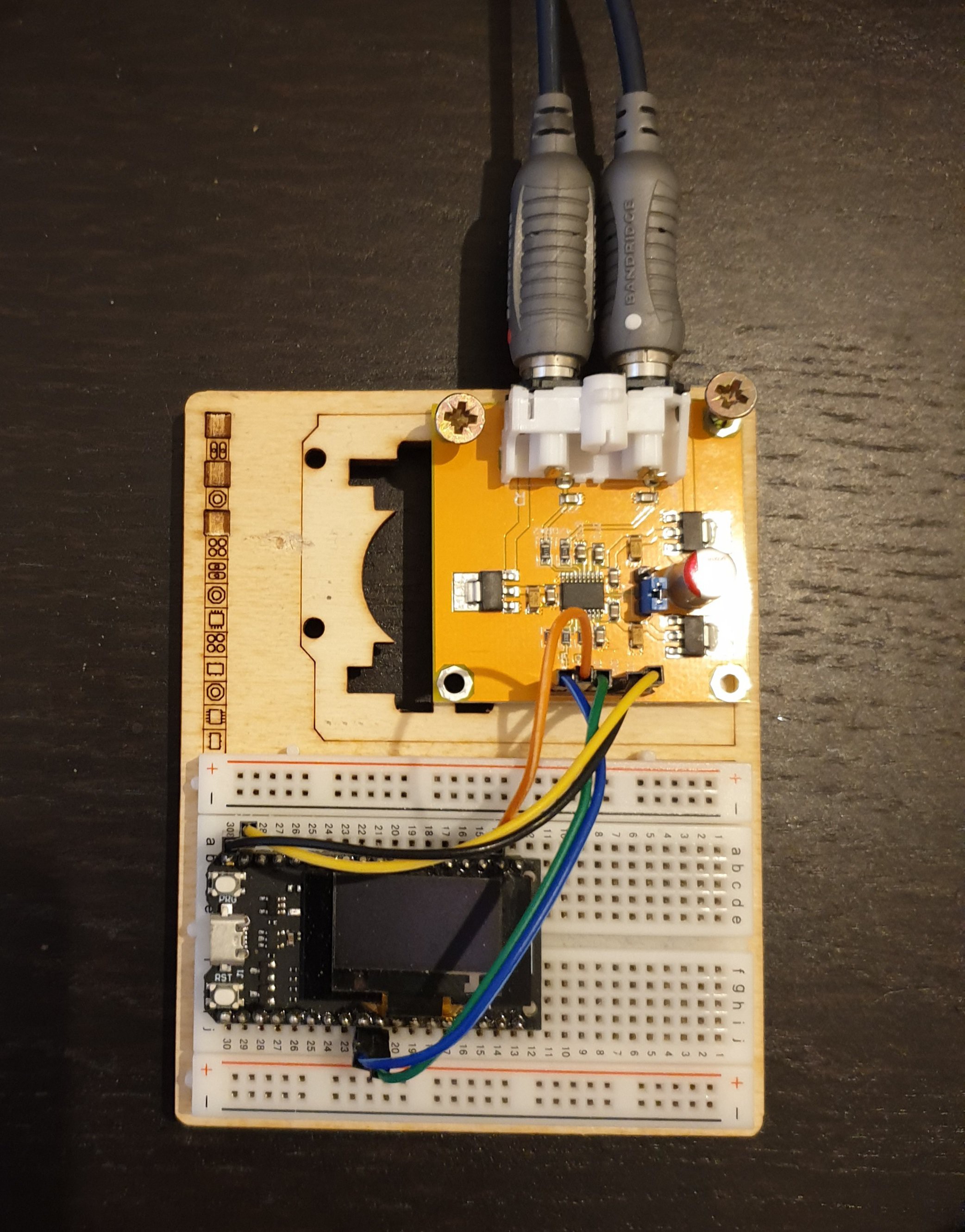I just couldn't help myself. Remember the lengthy talk we had about perfection and OCD in one of the previous logs? Well, the demon strikes again. I was busy with work, that made me work on a modular casing system that is about 90% completed. I have to wait for some parts to come in from China, so that's put aside for now. Then I got sidetracked because I found this Hyperpixel 4 display, and that used up all pins on a Pi, so I decided to rewrite my graphics layer to allow for remote commands over i2c. And while at it, I decided I would do it in plain C, because then I can reuse my graphics layer on the esp32. I know you can use C++ on the esp. I just prefer not to.


Oh boy, that feeling of accomplishment... You see, I fell down this rabbit hole of side-quests. But I gained a lot of experience in doing so ;-). I also learned that I could get about 20 mono voices with pitching and gaining to work on a single core of the ESP32. Impressive, i thought it was gonna be a lot less.
Anyway, the plan is now to work more on the engine, so i hope to see some progress in there. I'm also still learning how to properly structure and organise a project targeting multiple hardware platforms, so unfortunately there will be a lot of refactoring along the way. But a tidy house, is a nice house :-)
Hope to talk to you soon.
Discussions
Become a Hackaday.io Member
Create an account to leave a comment. Already have an account? Log In.
Hello, wow it's incredible, I congratulate you, it's a great project, I did something very similar and I just published it here on this site, I don't know if it would be possible for you to share your code for the esp32 and maybe you would like to take a look at my project. https://hackaday.io/project/196389-samplersynth-library or directly to github https://github.com/habuenav/samplerSynth
Are you sure? yes | no
Thisbis awesome! That watch reminds me alot of the m5Stack. I have a few m5Stacks needing a project, and I'd love to try and use them in a similar way.
I've recently been experimenting with Pure Data writing a rather large loopstation patch. It's getting close to being ready and hopefully ran on a Pi 4 using PatchboxOS.
Are you sure? yes | no